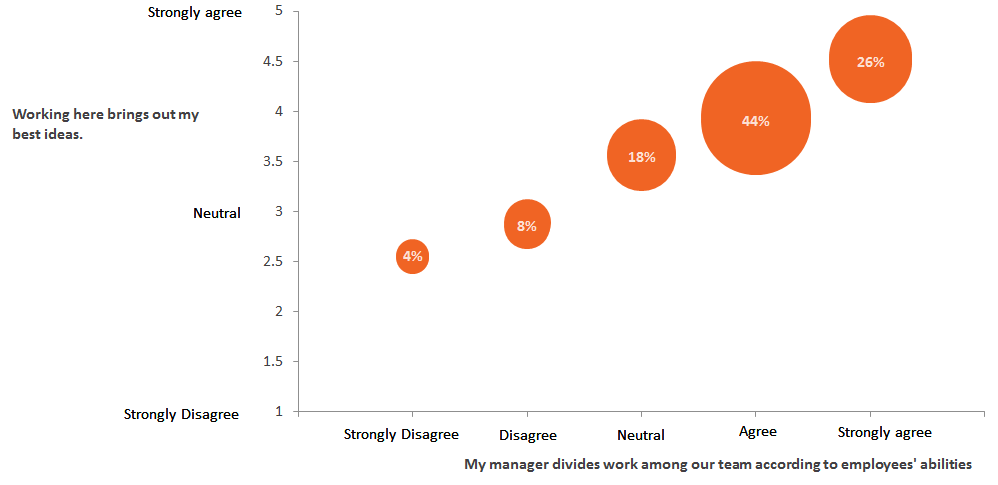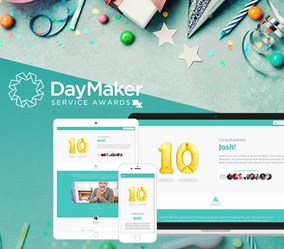Maximizing Employee Engagement: Who Should Kick the Field Goal?
Nov 03, 2015
Learn how to utilize the unique skills and talents of each employee to create engaged and winning teams.
Scroll Down
There’s five seconds left in the game and we’re on the ten-yard line of our opponent. The game is tied. Players huddle up and decide they should kick a field goal.
Who should kick the field goal?
The following discussion ensues:
“I should kick the field goal because I’ve been on the team the longest.”
“I should kick the field goal because I have never missed practice.”
“I should kick the field goal because it’s my turn.”
So who should kick the field goal? Of course, none of the above answers are right—the field goal kicker should kick the field goal!
Yet in business we often don’t let the field kicker kick the field goal.
We don’t think about who has the right talent and experience to do a job. We often delegate tasks to people who are “good at getting things done” rather than to people who have the necessary skillset and expertise to do the job right.
According to our research into the New Rules of Engagement℠, employees who feel they are doing work that best fits their interests, skills and abilities are far more engaged. In fact, this may be a key to employee creativity and innovation:

According to this research, thirty percent of employees are not bringing their best ideas to work, because they don’t feel like they’re understood or appreciated for what they bring to the table.
This makes sense, right? Don’t you feel most energized when you’re doing things that are a good fit for your strengths? Of course you do! When employees get to do something that better fits them they are more likely to enjoy their work and, as a result, are more likely to feel empowered and bring new ideas to the table.
Conversely, when we’re doing work that doesn’t fit our abilities, we struggle. My mentor Don Clifton used to say that “the best way to destroy a person is to repeatedly ask them to do something for which they have no adequate response in their repertoire of strengths.”
Ouch.
One nonprofit executive I recently interviewed said: “We don’t have a way to systematically document the strengths and successes of our employees. We may know about these things informally in our group, but not across the entire organization. Some good employees leave because they’re frustrated that they can’t advance in the company. It’s a shame when that happens, and that’s on us.”
Let’s not do that. Let’s take time to learn about our team members so, when possible, we are pairing team members with work that fits their interests, skills and abilities.
Think about each member of your team:
- Do you have a clear understanding of the strengths of each of your team members?
- If a particular project came along, for example, that required top-notch organizational skills, do you know the team member to whom that part of the project should be delegated?
- Who has the best “customer service” skills?
- Who has the best conflict management skills?
- Think about a recent success of your team. How did the utilization of the skills and talents of each of your team members contribute to the success?
Let’s get quarterbacks throwing and guards blocking. And if you need three points at the end of the game, let the field goal kicker kick the field goal!
Take a few minutes and learn about your level of engagement and happiness at work by completing our confidential assessment.












